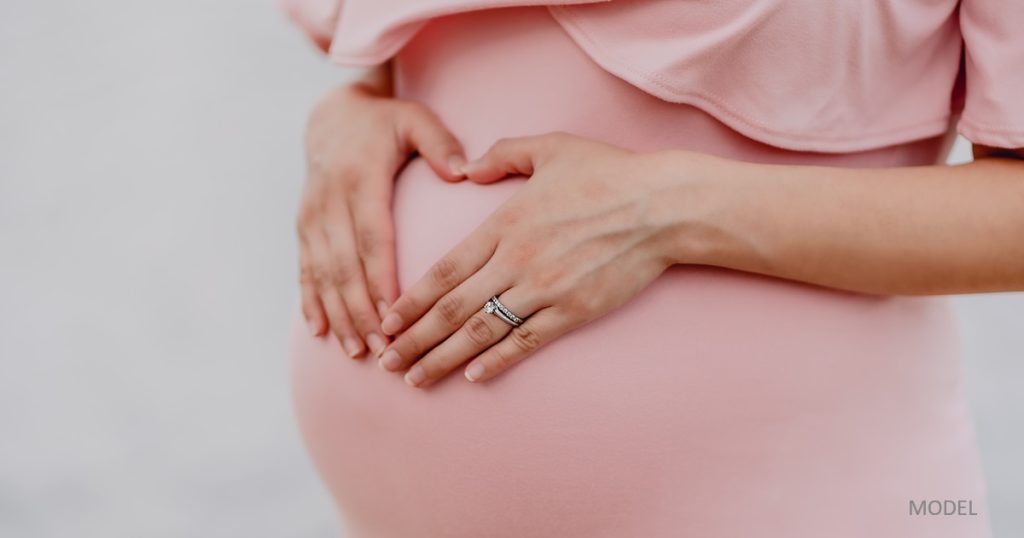A new breast cancer diagnosis brings a whirlwind of emotions, questions, and concerns.While primary conversations often center around discussing the type of breast cancer and treatment options, another conversation that should not be missed or delayed is regarding fertility preservation.
How Breast Cancer Treatments Affect Fertility
Chemotherapy
Unfortunately, common treatments for breast cancer can impact the possibility of future childbearing. Chemotherapy medications work by targeting and killing rapidly dividing cells. As ovaries contain cells that divide rapidly, they are often also damaged by chemotherapy treatments. The impact on fertility can be temporary or permanent and depends on the type and duration of chemotherapy used.
Hormone Therapy Medications
Tamoxifen is a common hormone therapy medication often used for hormone receptor-positive breast cancers.Tamoxifen works by blocking estrogen and is generally taken for 5 to 10 years. Tamoxifen should not be taken during pregnancy as it can cause damage to the developing embryo. While pausing hormone therapy medications to become pregnant does not appear to increase the risk of recurrence, you should have a conversation with your provider in regard to your individual circumstances.
Herceptin
Herceptin is a targeted therapy medication used to treat certain types of breast cancers. Taking Herceptin while pregnant may harm the developing baby.It is recommended to wait at least 7 months to become pregnant after completing Herceptin treatment.
Options for Fertility Preservation
Egg Freezing
During the process of egg freezing, ovaries are first stimulated with hormone medications to produce eggs. These eggs are then retrieved through a surgical procedure and are frozen and stored. When you are ready to use the eggs, they are thawed and fertilized with sperm (from a partner or a donor) and implanted into the uterus.
Embryo Freezing
The process of embryo freezing is very similar to egg freezing, except eggs are fertilized with sperm (from a partner or a donor) to create an embryo prior to freezing and storing. Freezing embryos may improve the likelihood of a live birth in the future when compared to freezing eggs.
Ovarian Tissue Freezing
In ovarian tissue freezing, a portion of the ovary is removed by a surgical procedure and frozen and stored. After treatment, when pregnancy is desired, the tissue is implanted back into the woman through another surgical procedure. The American Society for Reproductive Medicine no longer classifies this procedure as experimental, however, it is only used in select situations as success rates are low and current data on the procedure is still limited.
Ovarian Suppression (GnRH Agonists)
Egg or embryo freezing is the standard for fertility preservation, however, if this is not possible for a patient, GnRH agonists may be considered. Taking GnRH agonists during chemotherapy suppresses the ovaries and may protect them from the effects of chemotherapy. While there is some conflicting evidence for GnRH agonists, there is growing support for its use in patients with breast cancer undergoing chemotherapy. Some women additionally may consider undergoing both ovarian suppression in addition to egg or embryo freezing.
Conclusion
Among the many concerns women may have while facing breast cancer is fertility preservation. If you find yourself in this situation, there are options available to improve the likelihood of a future pregnancy. If you recently received a breast cancer diagnosis and are considering having biological children in the future, talk with your breast cancer treatment team early about fertility options and meeting with a fertility specialist.
To learn more about your options, please contact the breast care team at Bedford Breast Center in Beverly Hills at (310) 278-8590 or request a consultation online to meet with one of our experts.


Leave a Reply